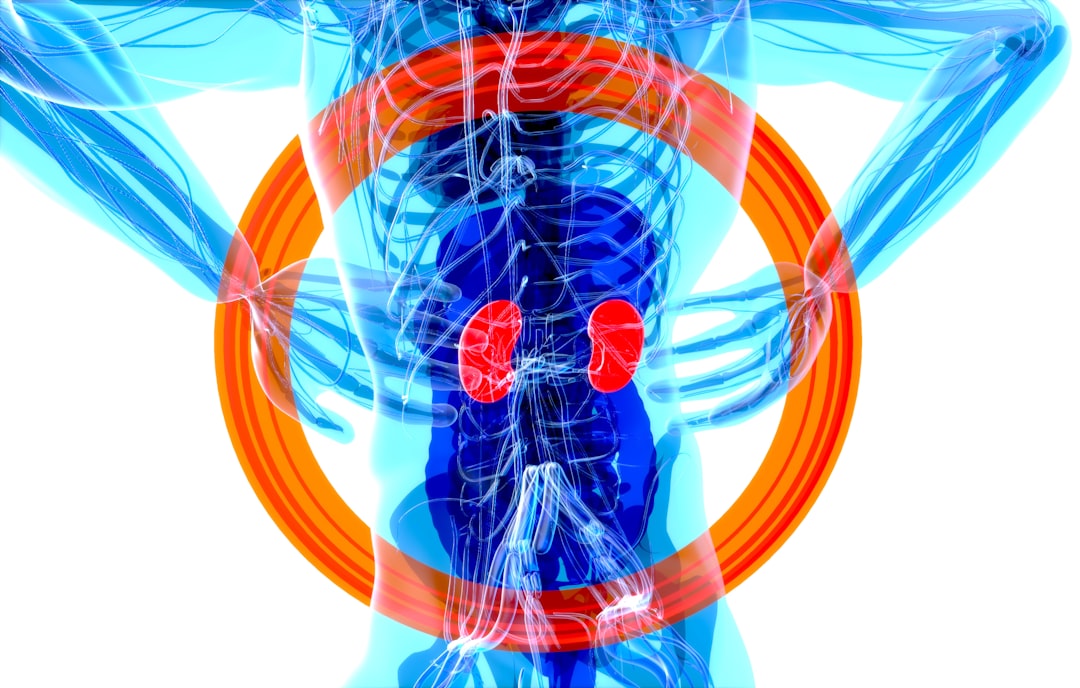What is it about?
Traditionally, the rehabilitation of vision and hearing loss are in the professional scope of eye- and ear-care professionals. With the aging of the population and the development of more complex patient profiles, it becomes clear that vision and hearing abilities of clients can often interfere with the provision of other care. Occupational therapists are ideally suited to identify sensory impairments in their elderly clients but it is unclear whether their current training to do so is sufficient.
Featured Image
Why is it important?
If communication with a patient fails because the health professional has failed to identify that vision and /or hearing are impaired in their client, patient care can be severely compromised. Therefore, it is the responsibility of rehabilitation professionals, such as occupational therapists, to be sufficiently sensitized to consider whether a patient may have a sensory loss.
Perspectives
The training curriculum of most health-care professions is already stretch to the maximum, and any attempt to add more material to the education of any health domain requires solid justification. Therefore, we set out to show the importance and the need to training in the sensory domain in order to facilitate health care delivery and improve rehabilitation care.
Dr Walter Wittich
Universite de Montreal
Read the Original
This page is a summary of: Vision and hearing impairment and occupational therapy education: Needs and current practice, British Journal of Occupational Therapy, February 2017, SAGE Publications,
DOI: 10.1177/0308022616684853.
You can read the full text:
Contributors
The following have contributed to this page










